The First Pour: Your Guide To Sake
If you’ve ever felt unsure about how sake is made, what to pair it with, or even how to talk about it, you’re in the right place.
This is your guide to understanding sake. Clear, approachable and designed to give you real confidence in what’s in your glass.
We’re here to demystify the essentials, break down misconceptions and highlight what makes sake so unique and worth exploring. No jargon, no pressure — just the knowledge you need to enjoy sake your way.
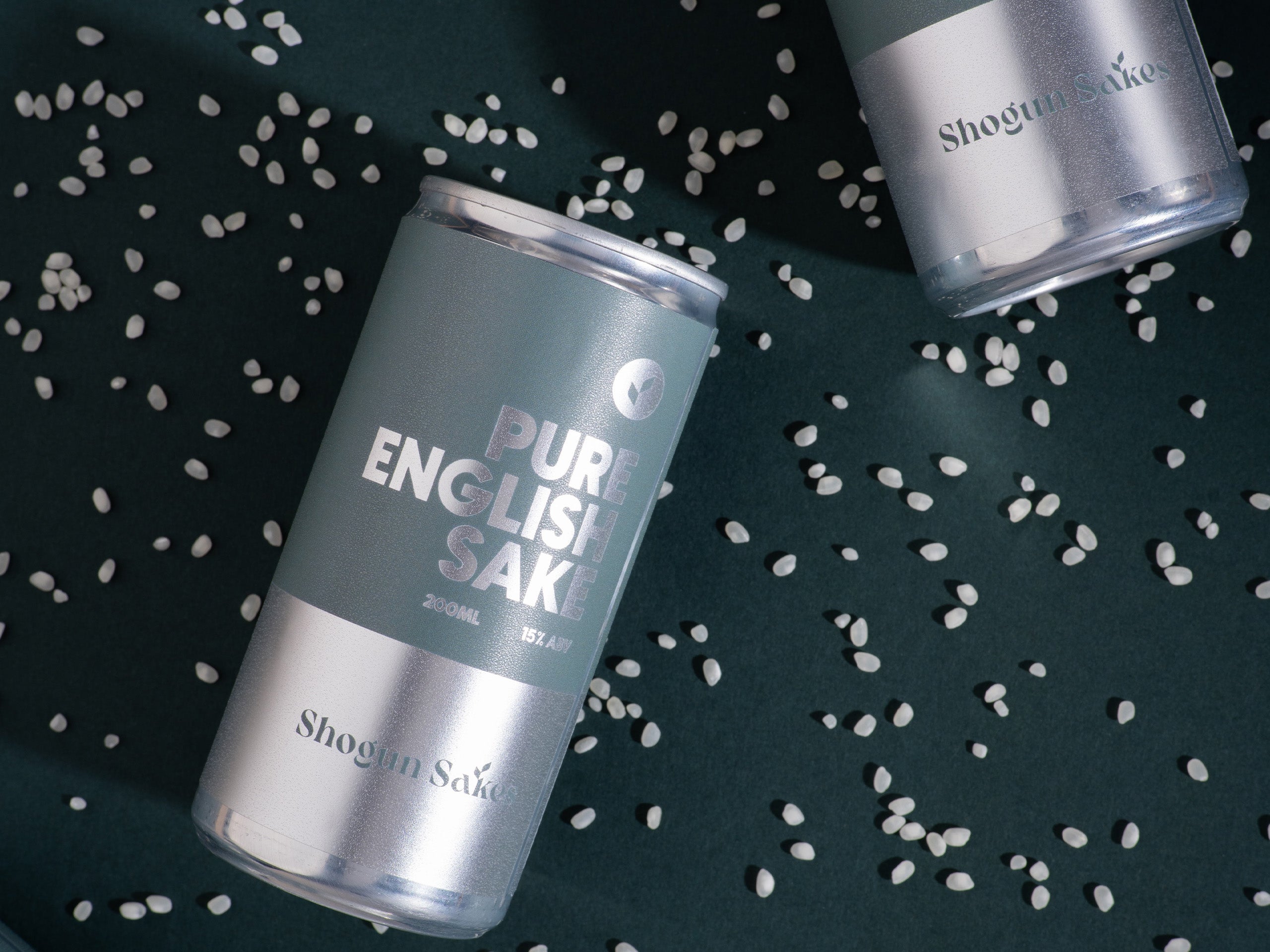
What Is Sake?
The Best Drink You've Never Had.
Forget what you think you know. Sake isn’t just something you just have on sushi night - it’s a beautifully brewed, flavour-packed drink with centuries of tradition.
Sake is a Japanese alcoholic drink made from just four ingredients: rice, water, yeast and koji (a type of friendly mould that breaks down starches into sugars). The result? Something that’s not quite wine, not quite beer, but uniquely its own thing.
What's Sake Made From?
Four Ingredients. Endless Possibilities.
Sake might sound fancy, but the ingredients are simple: rice, water, yeast, and koji. The magic comes from how they come together.
The process is a little like brewing beer or fermenting wine, but at the end you get something totally different. It’s all about balance, craft and unlocking layers of flavour.
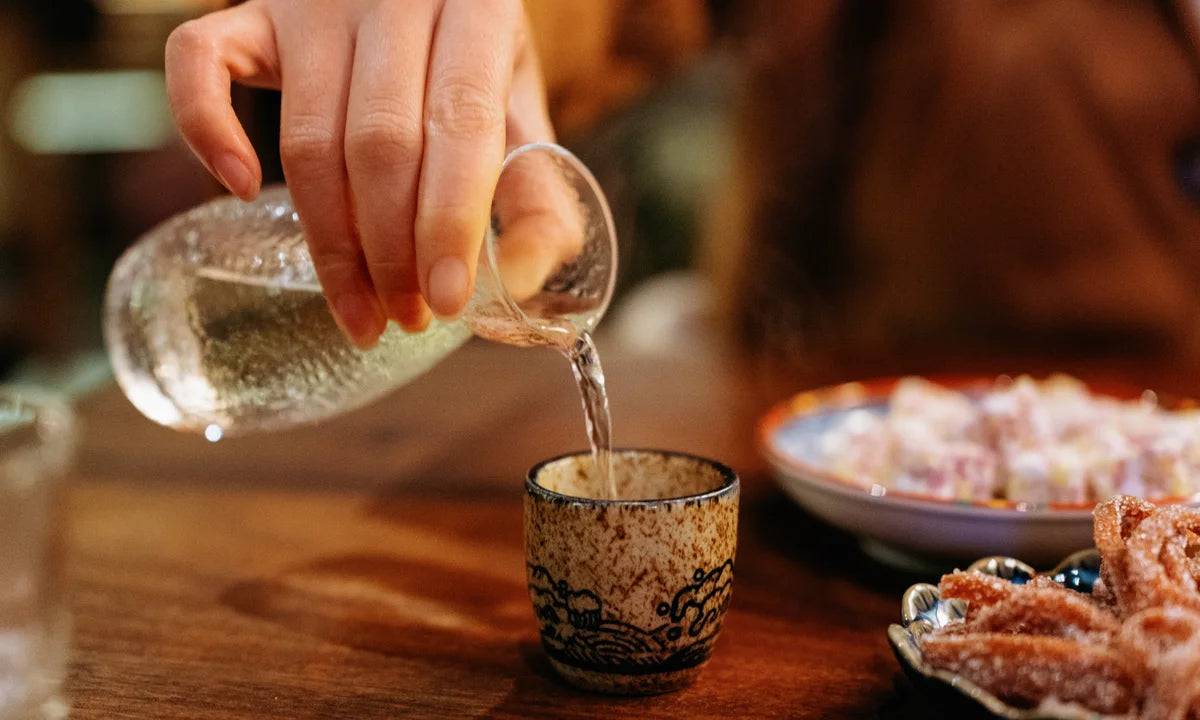
Ingredients
Rice
The star of the show, polished to remove the outer layers so only the pure, starchy heart is left for brewing.
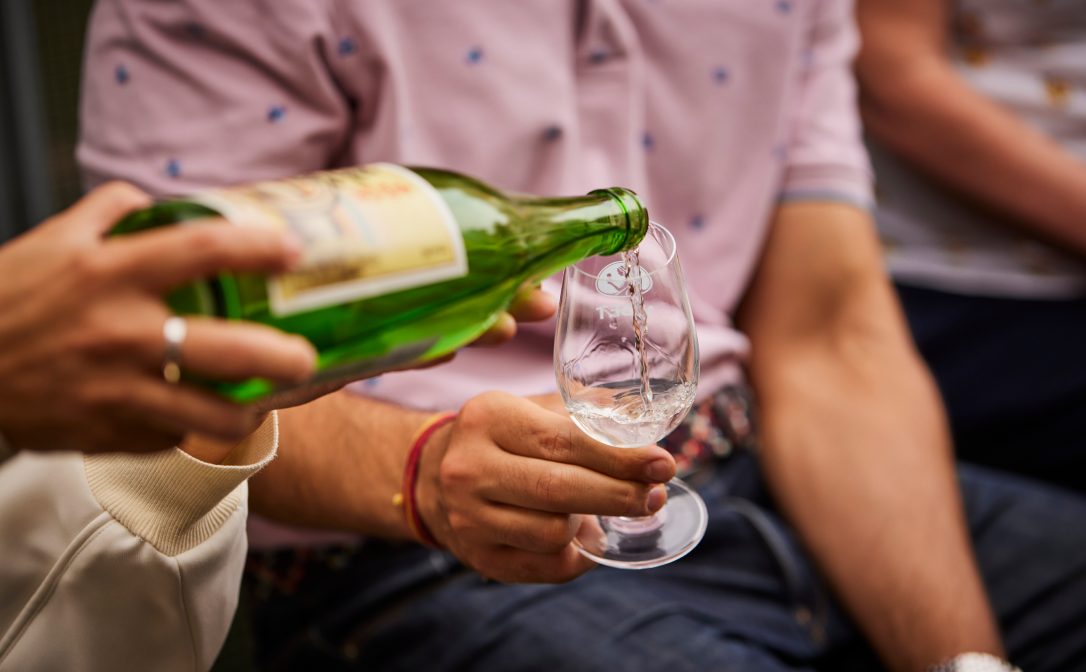
Ingredients
Koji
A friendly mould that works like a flavour magician, turning that rice starch into fermentable sugars.

Ingredients
Yeast
The party starter, taking the sugars and transforming them into alcohol and aroma.

Ingredients
Water
The unsung hero, making up most of the sake and shaping its texture, smoothness, and balance.

How Do You Drink Sake?
Just Pour.
There’s no right way to drink sake, just the way that works for you. That said, here are a few tips to get the best out of your pour:
1. Temperature: Sake can be enjoyed chilled, at room temperature or gently warmed depending on the style.
2. Glassware: A wine glass, a ceramic cup or even a tumbler will do.
3. Straight or Spritz: We love it both ways - clean and neat, or carbonated with bold natural flavours.
Our golden rule? Be curious. Sip it your way. Experiment, explore and enjoy every drop.
What Food Should I Drink Sake With?
Not Just For Sushi.
Here’s where sake really shines. It’s incredibly food-friendly and way more versatile than people think.
Forget the 'only goes with sushi' myth. Sake goes well with all kinds of flavours.
Sake isn’t here to compete with your food, it’s here to elevate it. Trust your taste buds and don’t be afraid to mix it up.
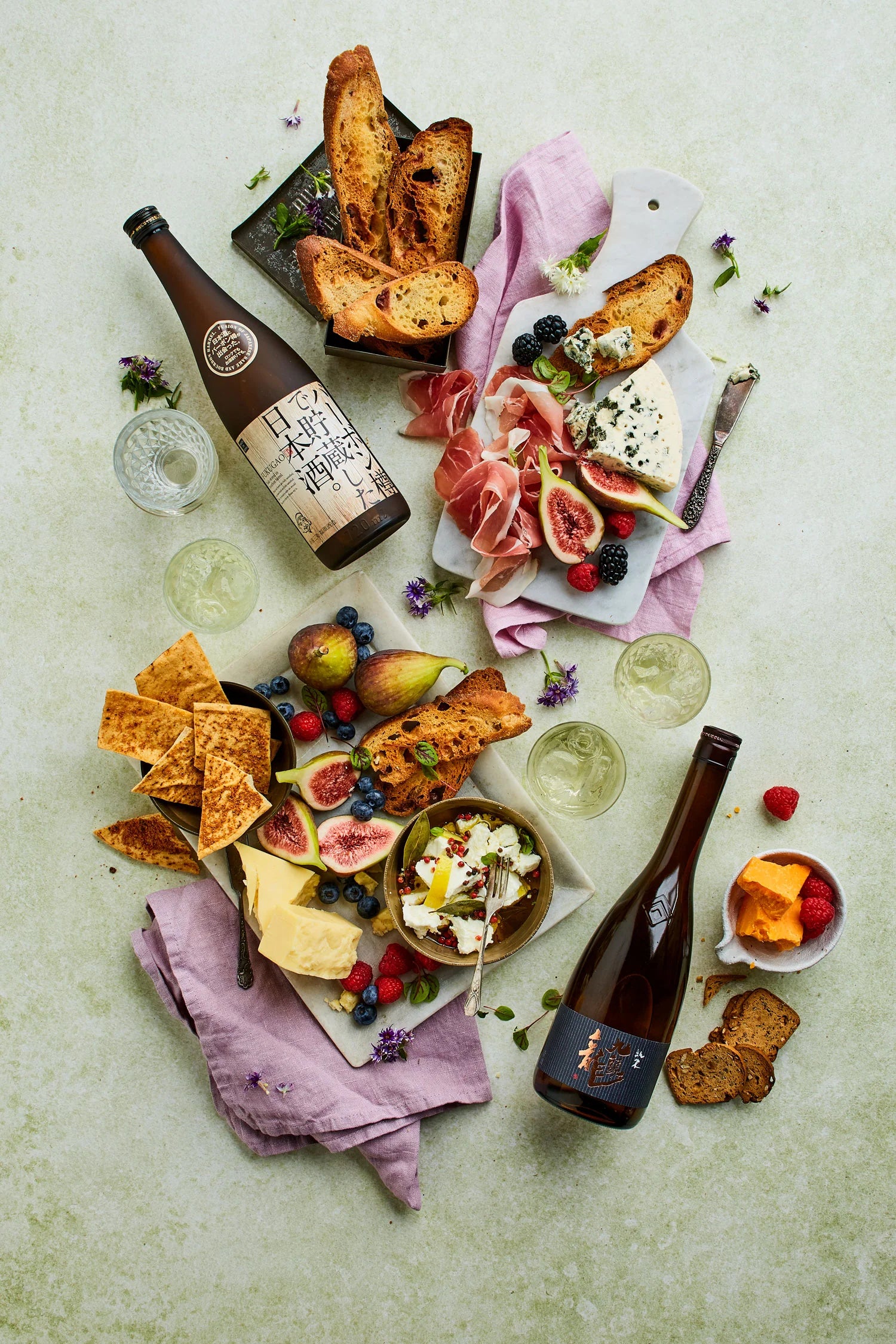
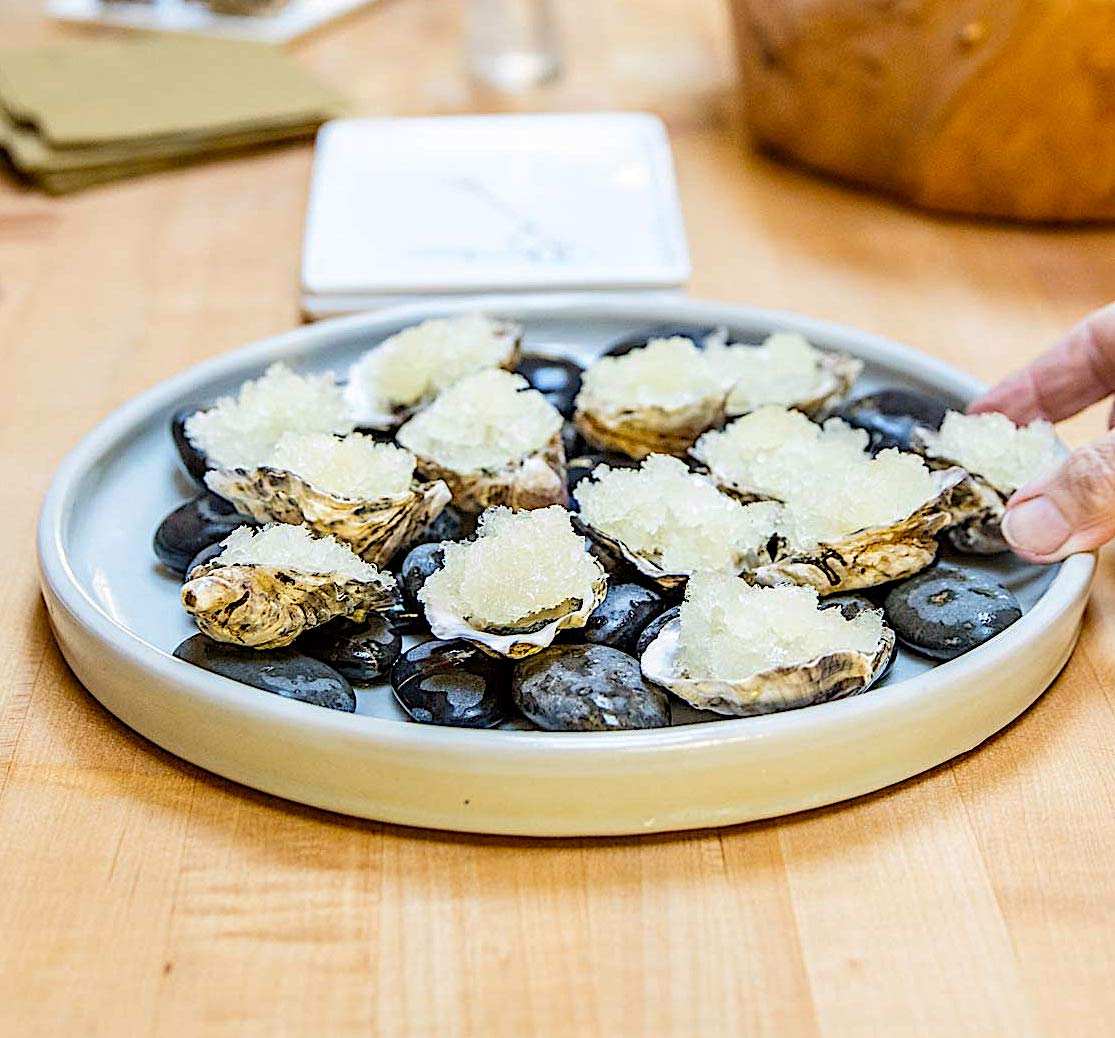
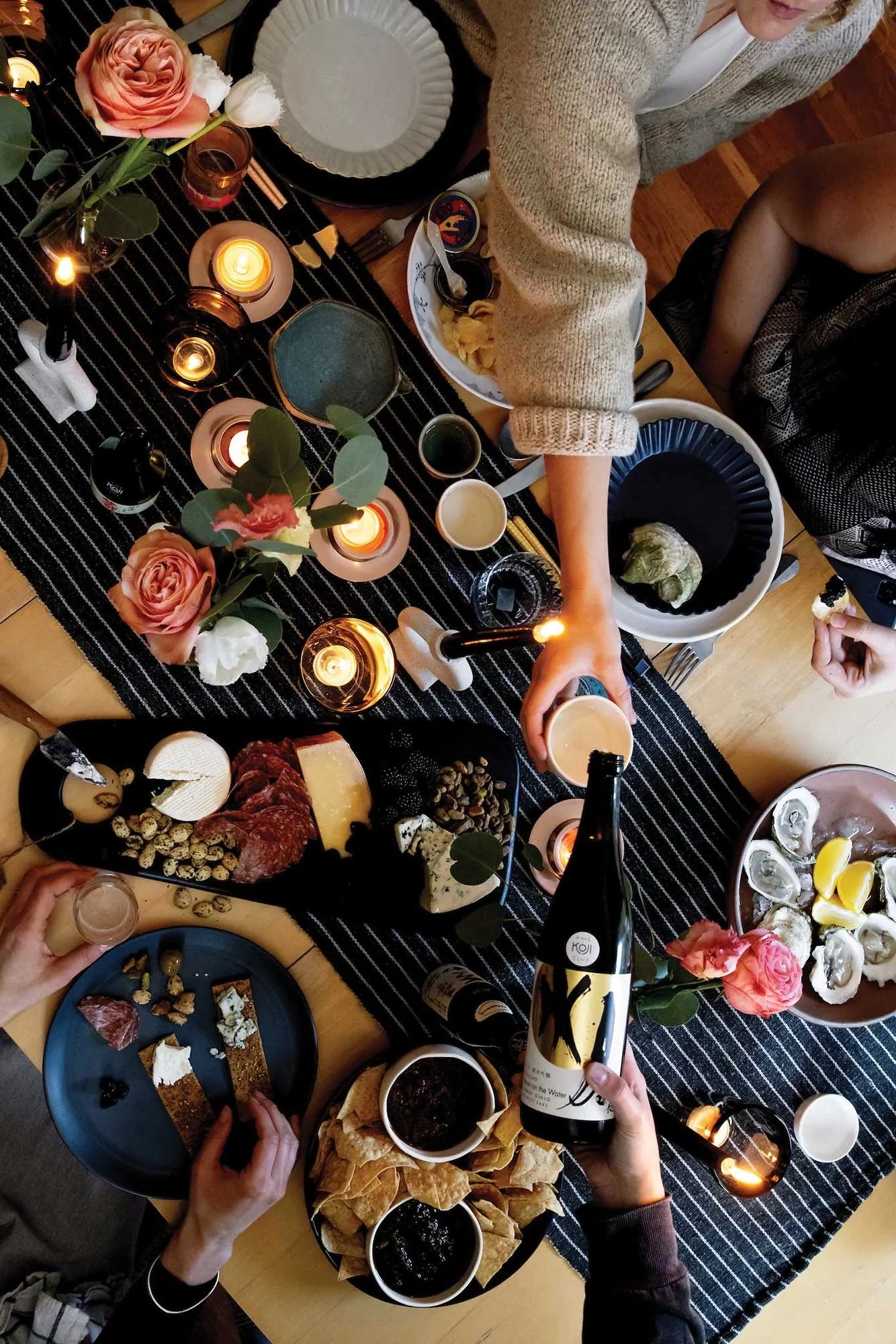

Other Sake Grades
Junmai
Means 'pure rice'. Sake made with just rice, water, yeast and koji, it’s clean and balanced with no added alcohol or sugar.

Other Sake Grades
Honjozo
A sake grade with a small amount of brewing alcohol added to lighten the body and aroma. Easy to drink, fresh and often a crowd-pleaser. Think of it as the 'light lager' of the sake world.

Other Sake Grades
Ginjo
A premium grade sake made with highly polished rice (usually 60% or less) and brewed at lower temperatures for delicate, fruity and floral flavours.
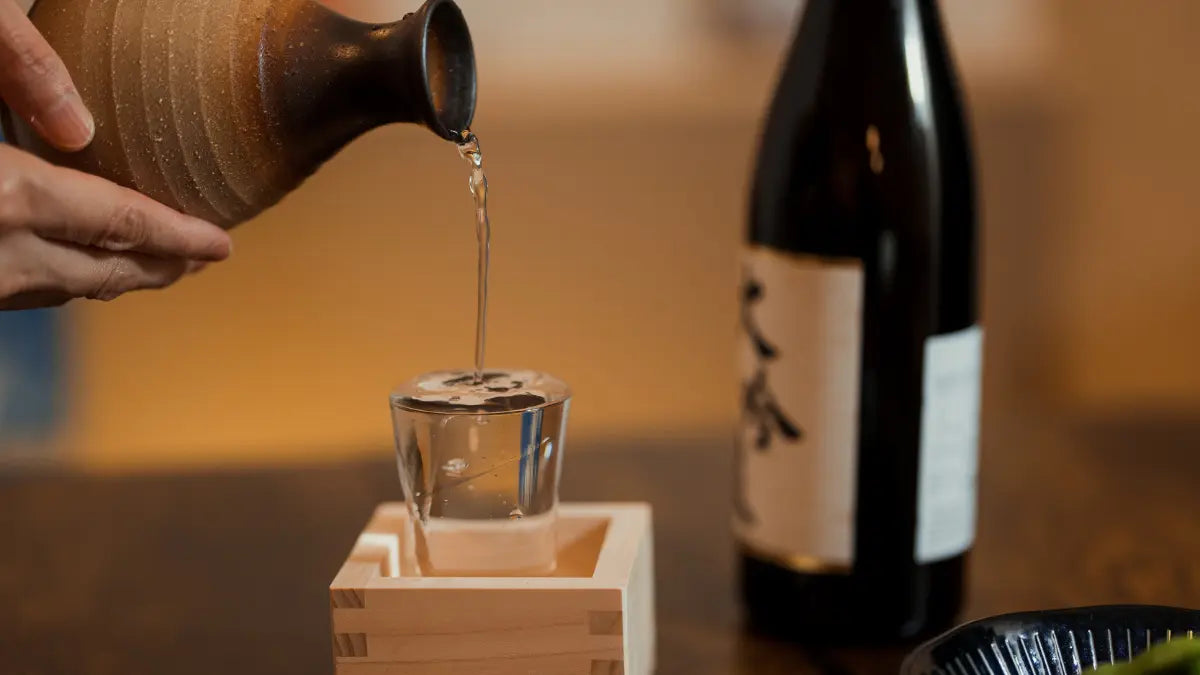
Other Sake Grades
Daiginjo
The super premium sake, with rice polished to 50% or less. Think of it as the champagne of sake - smooth, elegant and often the choice for a special occasion.
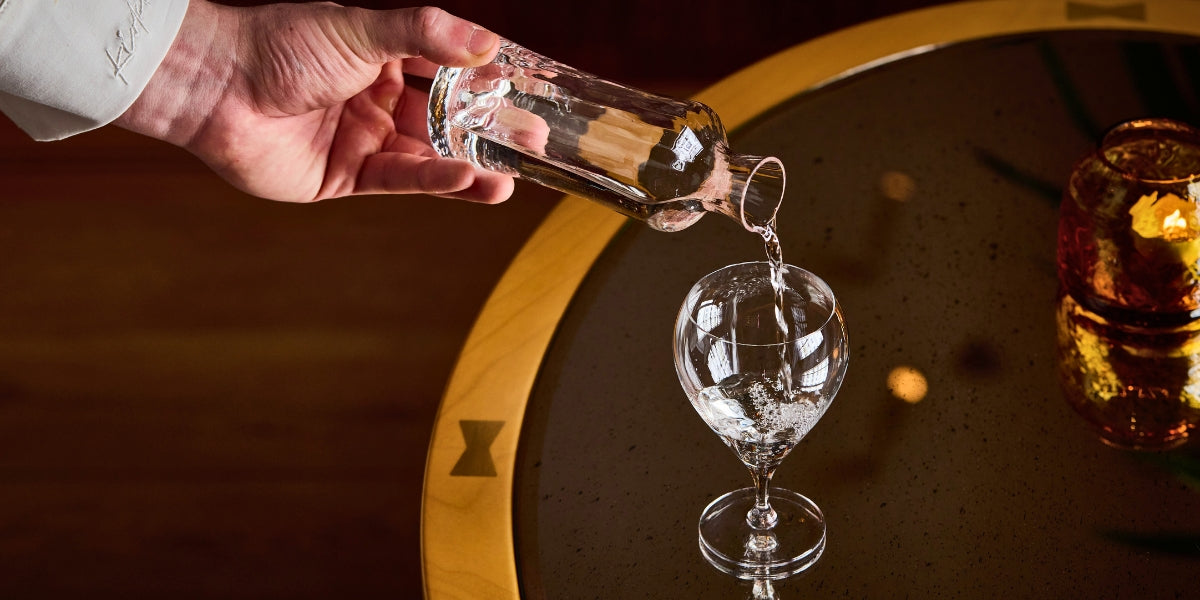
Other Sake Grades
Tokubetsu
Means 'special', but the reason why is up to the brewer. Maybe a unique rice, polish level or brewing trick, expect something a little different.

